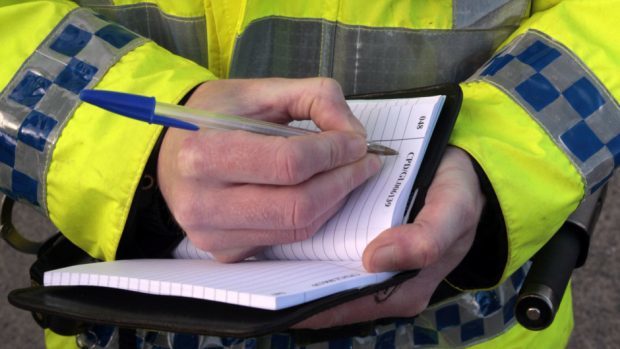A month-long campaign to tackle the blight of livestock worrying on Scottish farms and crofts has launched.
The campaign, which coincides with a rise in livestock attacks by dogs during November, sets out to educate dog owners about the dangers of allowing their pets near farm animals.
It is being run by the Scottish Partnership Against Rural Crime – a multi-agency body which includes Police Scotland, NFU Scotland, Scottish Land and Estates and Scottish Natural Heritage.
Police Scotland’s rural crime co-ordinator, Inspector Jane Donaldson, said: “During a campaign in this year’s spring lambing season we discovered in nearly three-quarters of livestock worrying cases, the offending dog was local to that area, with more than half of all incidents involving a dog roaming free and where no owner or responsible person was present.”
The three-month campaign during lambing season earlier this year saw a 55% increase in reports of livestock worrying.
Inspector Donaldson called on farmers and landowners to engage with dog walkers and to help by putting up signs on gateways and on key roads and paths alerting them to the presence of sheep and other livestock in fields.
NFU Scotland policy manager Gemma Cooper said: “We would urge farmers affected by this issue to ensure that they report this via 101 as this will help ensure that the multi organisation momentum that has been ongoing for some time now is kept up. In addition, we would urge local authorities to use dog control notices more frequently, as this option can be very effective, but is currently quite underutilised as a method of dealing with this problem.”
A dog control notice is a written notice served on owners who do not keep their dogs under proper control. It places control measures on the owner such as keeping the dog on a lead or being muzzled in a public place.
